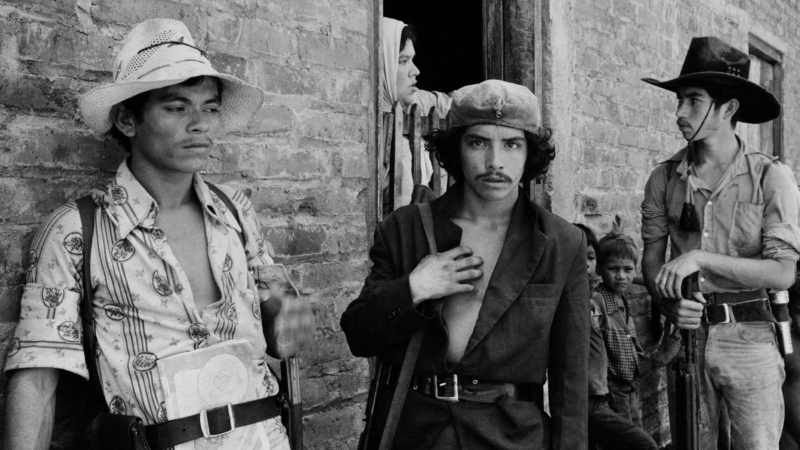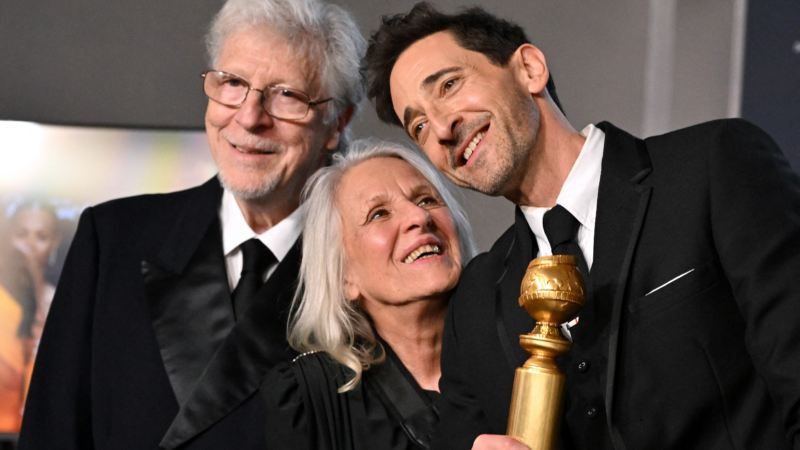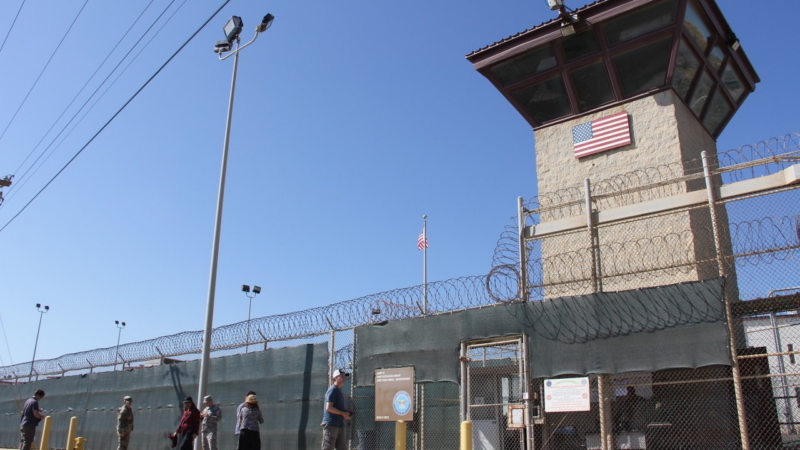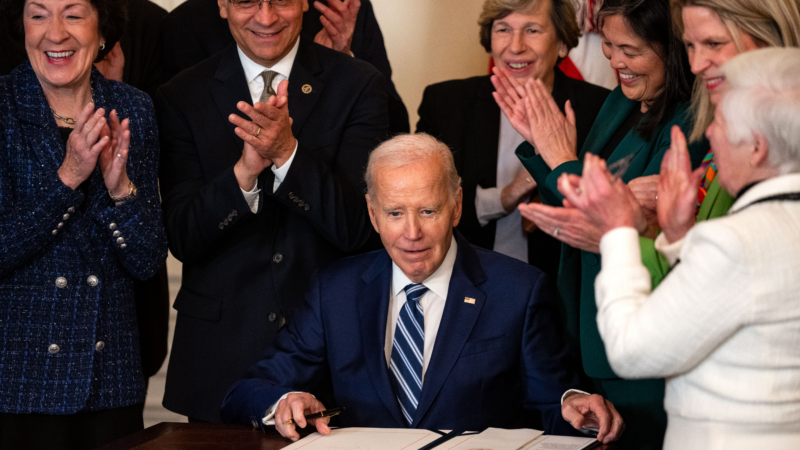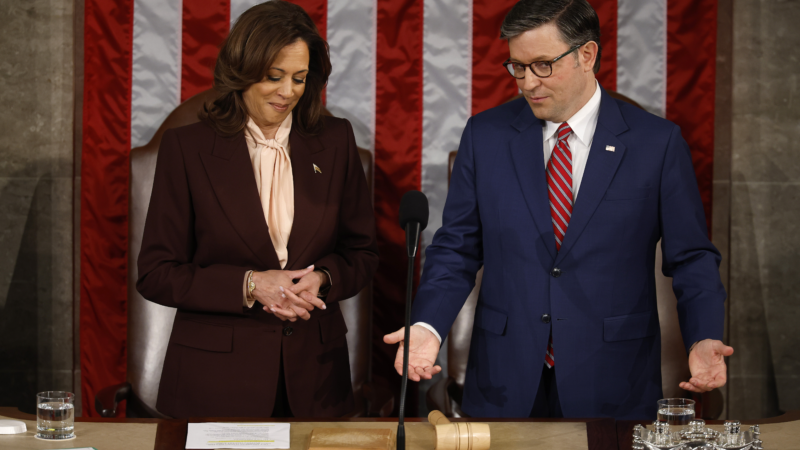A photographer’s devastating documentation of El Salvador’s civil war in the 1980s
Photojournalist Robert Nickelsberg worked as a Time magazine contract photographer for nearly 30 years, specializing in political and cultural change in developing countries. His black-and-white images from El Salvador, some of which were unpublished before, are featured in his book Legacy of Lies (published by Kehrer Verlag).
Editor’s note: This story contains graphic images of violence and death.
In the early 1980s, there was a troubling energy to the Cold War political developments in Central America.
Following the left-wing Sandinista rebels’ overthrow of the Nicaraguan dictatorship of Anastasio Somoza in 1979, the United States bolstered its support for El Salvador’s right-wing military government as a backstop to what the U.S. feared was an ascendant Soviet and Cuban influence and left-wing ideology in Latin America.
The book, Legacy of Lies, El Salvador 1981-1984, illustrates with black-and-white photographs and descriptive personal essays how U.S. foreign policy played out and fueled a violent 13-year civil war in El Salvador. This work attempts to establish a visual and contextual foundation of the violent early years of the nation’s civil war, helping explain the eventual departure of many of El Salvador’s citizens to the United States.



Legacy of Lies begins with images of the U.S. diplomatic and military presence, followed by images of El Salvador’s military and of left-wing guerrillas, and ends with images of daily life.
It is a portrait of a time, between 1981 and 1984, in which U.S. foreign policy has come under heavy criticism for aiming to direct democratic change yet condoning the brutality and violence exacted by the Salvadoran military and security forces on political opponents and civil society.




With its Cold War mindset following the failures of the Vietnam War, the U.S. increased its support and training for El Salvador’s security forces, which encouraged the annihilation of the political opposition and helped fuel recruitment for the opposing left-wing guerrilla armies.
From 1980 to 1992, El Salvador’s civil war resulted in the deaths of as many as 75,000 civilians and other atrocities.
Following the Chapultepec Peace Accords of 1992, the U.S. abandoned its focus on El Salvador. The country suffered an immense social and political upheaval it has not since recovered from.


The images focus on contemporary Latin America, a region engulfed in the ramifications of the Cold War, the rivalry between the U.S. government and the Soviet Union. Central America’s turmoil began with the 1954 coup d’état in Guatemala orchestrated by the CIA. The consequences resonated for decades and affected all sectors of Latin American life up to the present day.







Adrien Brody dedicates Golden Globes win for ‘The Brutalist’ to his immigrant family
The post-war epic was nominated in several categories. Like Brody's real-life mother, Brody's character is an immigrant from Hungary who fled conflict.
Biden makes an 11th-hour move to block coastal oil drilling
President Biden has issued an executive order blocking drilling for oil in more than 625 million acres of U.S. ocean. It's the largest such move in history, but is almost guaranteed to be challenged under the incoming Trump administration.
U.S. transfers 11 Yemeni prisoners from Guantánamo to Oman
The Biden administration's move leaves just 15 detainees at the U.S. military prison at Guantánamo Bay, Cuba. Oman will help resettle the men and provide security monitoring.
Hamas and Israel are negotiating the release of 34 hostages from Gaza
The deal would secure release of a third of the approximately 100 hostages who remain in Gaza, including two dual U.S.-Israeli nationals. In return, Israel would release some Palestinian prisoners.
Millions of public workers are set to get higher Social Security benefits. Here’s why
Public service workers, including some teachers, firefighters and police officers, may soon see their Social Security payments increase by hundreds of dollars monthly.
Under the shadow of the Jan 6. 2021 riot, Congress certifies the 2024 election
Four years after the riot at the Capitol, Congress meets under heavy security and a blanket of snow to certify the 2024 election.
